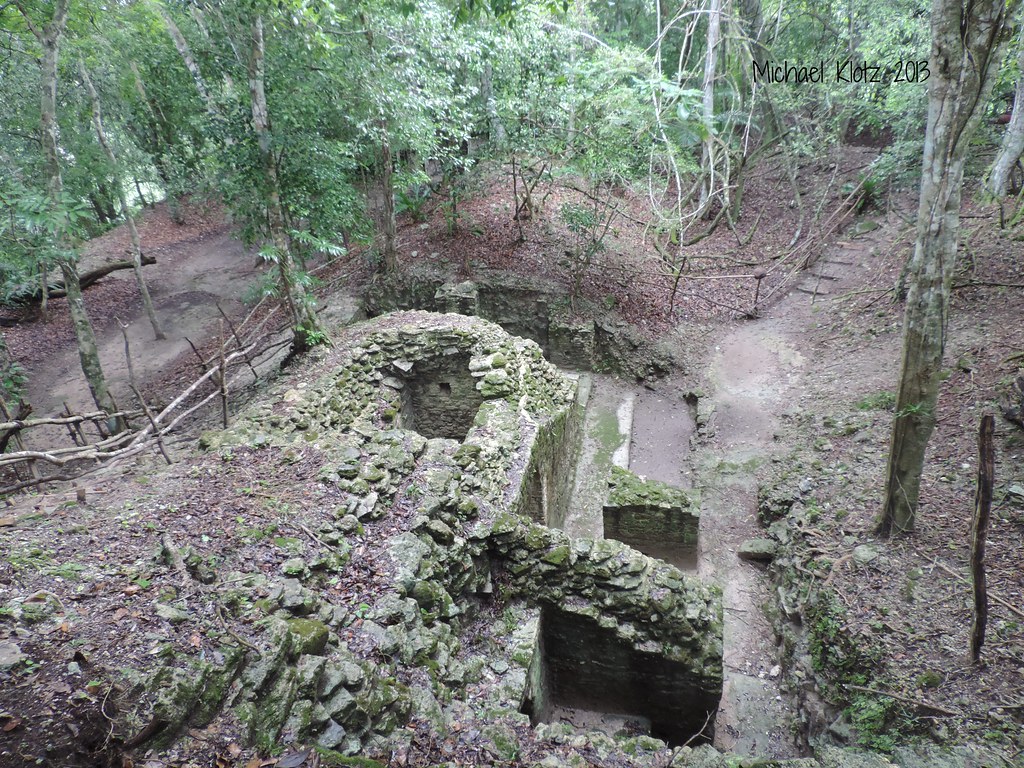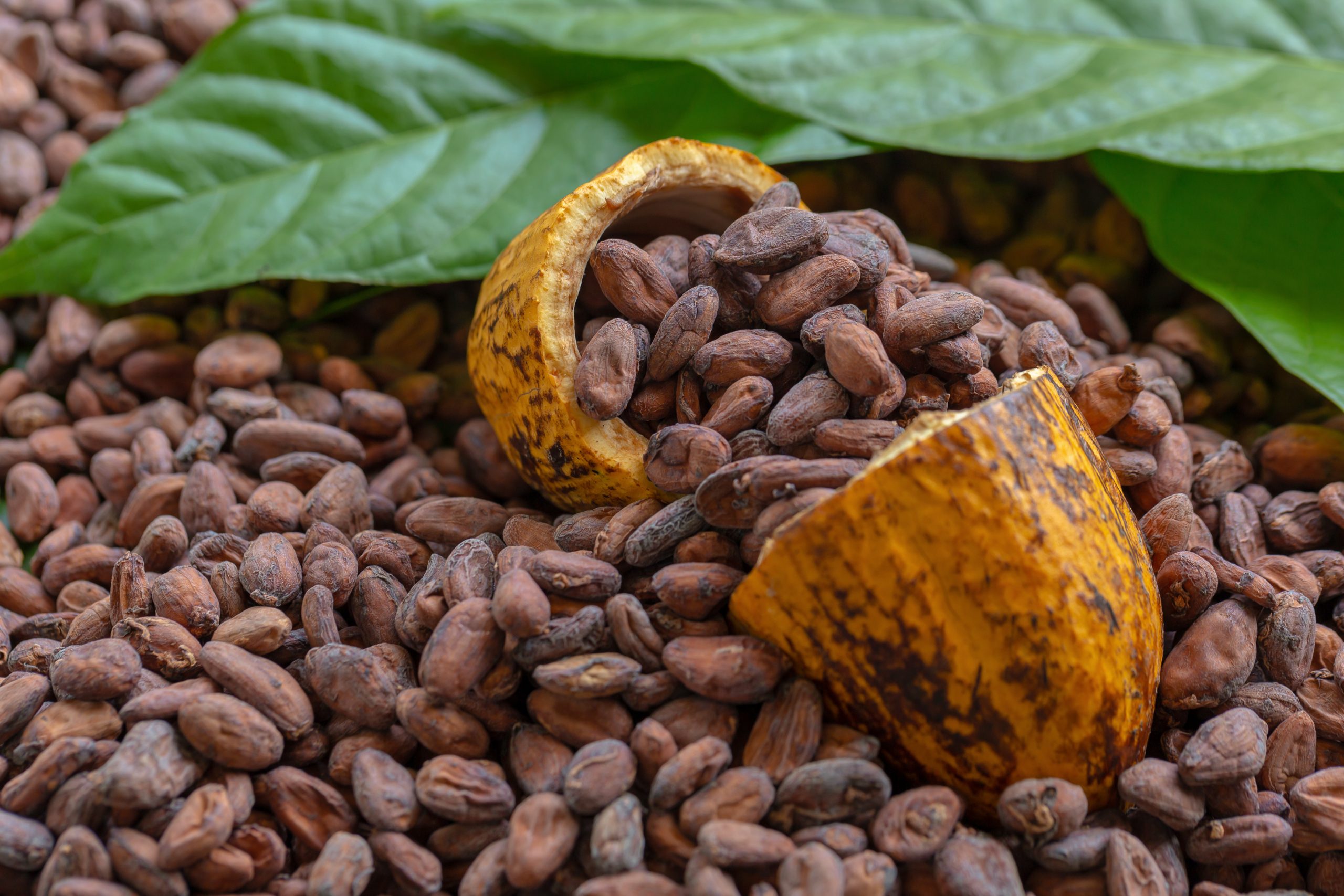Anthropologist Anabel Ford along with her co-worker Mattanjah de Vries say that the highly valued bean was vital for ancient Mayans.
In their study, they analysed cacao residue from over 50 ancient ceramic shards from an area called El Pilar, which is located between Guatemala and Belize.
The shards were dated back to the Late Classic period (600-900 AD) and were from a broad range of residential contexts across ancient Mayan society which Ford says is important in demonstrating that all Mayans used it.
“It had long been assumed that cacao for the Maya was an elite exclusive,” she said.
“We now know this is not the case. The imbibing of cacao was a luxury accessible to all. The importance is that it was a requirement of the rituals associated with it.”
They also figured out what kind of vessels would be best used for certain types of cacao processes, which Ford described as a “surprise at first”.

De Vries came onto the project as a University of California (Santa Barbara) professor of chemistry and biochemistry and helped make the discovery of biomarkers for cacao which include caffeine, theobromine, and theophylline.
“At some point I realized that some of the compounds we had been studying in this origin of life chemistry project occur in cacao, and thus can serve as biomarkers for cacao,” he said.
“Since we had already investigated the spectroscopy of these compounds in great detail, this presented an opportunity to apply that expertise to detection of these biomarkers for archaeology.”






